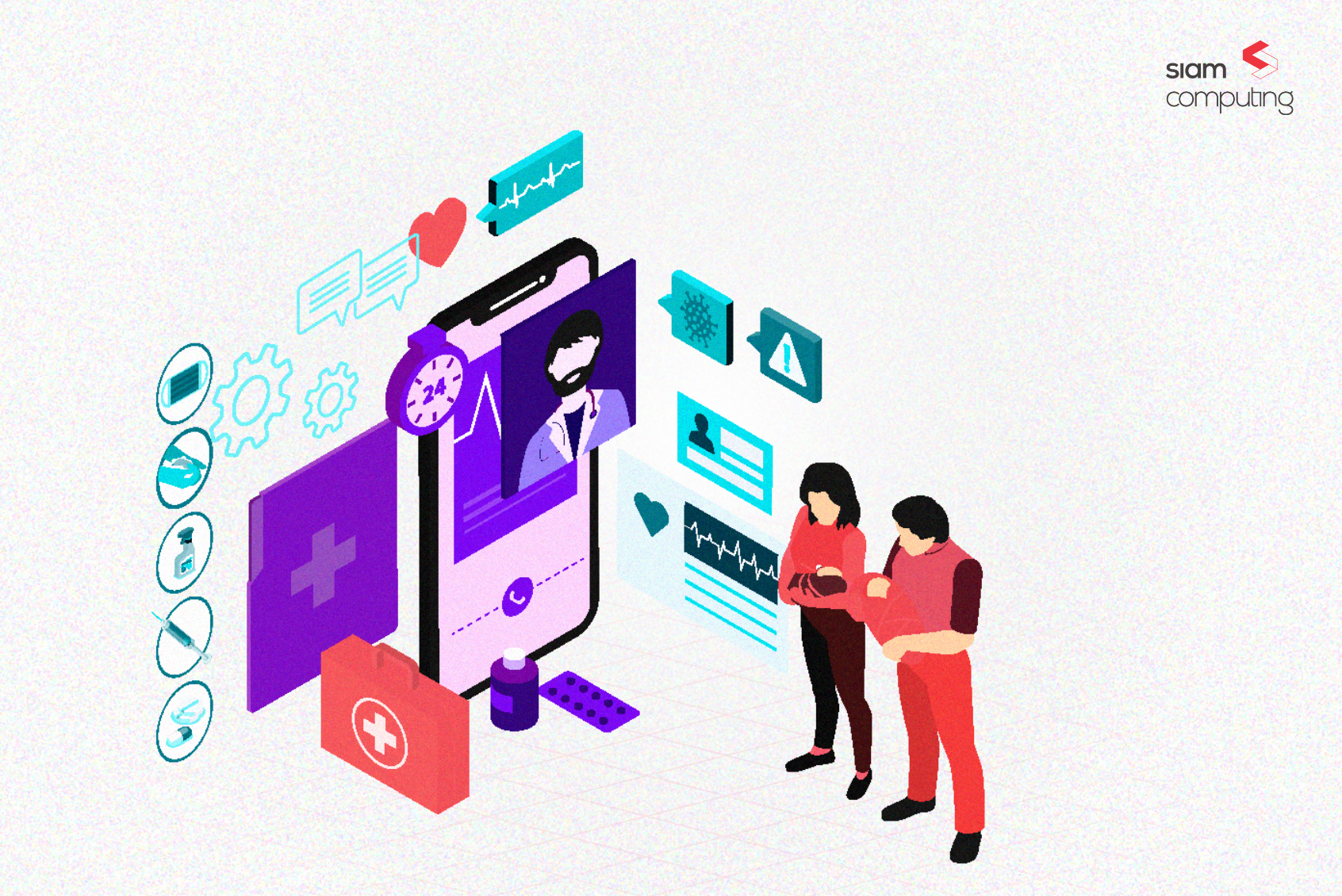Ever chatted with a bot or voice assistant and thought it was a human on the other end? That’s the magic of conversational design. With the advent of ChatGPT, and Alexa and Siri much before that, user interaction has undergone a paradigm shift from traditional interfaces to conversational interfaces of chatbots, voice assistants, etc.
As the demand for more natural and intuitive user experiences grows, the role of conversational design becomes paramount. In this comprehensive guide, we will delve into the intricacies of conversational design and give you a blueprint to seamlessly integrate it into your products.
Fundamentals of Conversational Design
Defining Conversational Design
Conversational design is an intricate interplay of linguistics, psychology, and technology to create meaningful and user-centric interactions that mimic human conversation or natural language. At its core, it revolves around understanding and interpreting user intent to provide relevant and context-aware responses.
Advanced conversational design extends to the realm of neuro-linguistic programming, where understanding subtle cues, context, and even sentiment analysis play pivotal roles. Take the example of Google’s Duplex, an AI system capable of making phone calls to schedule appointments. By leveraging advanced NLP, Duplex not only understands context but also adapts its responses to sound remarkably human.
As product leaders, delving into these deeper layers is essential for creating conversational interfaces that not only meet but exceed user expectations, fostering a sense of connection and understanding.
Understanding User Intent
User intent forms the foundation of effective conversational design. By employing user research methodologies and persona development, product leaders can gain valuable insights into the motivations and expectations of their target audience.
Semantic understanding, influenced by cultural nuances, user context, and even emotional states, is a realm where product leaders can innovate. While many interfaces focus on explicit user intent, anticipating implicit intent through advanced machine learning models can elevate user experiences in chatbots.
Recognizing user intent enables the creation of conversational interfaces that not only meet user needs but also exceed their expectations, fostering a more engaging user experience.
Crafting a Persona for Your Chatbot
While defining a persona for a chatbot is standard practice, elevating it to an art form involves understanding the psychological nuances of user interaction. A persona should not be a static character but an adaptable entity that tailors its responses based on user behavior and preferences.
The challenge for product leaders is to create a persona that not only aligns with the brand but also resonates with the diverse user base. Implementing machine learning to dynamically adjust a chatbot’s persona based on real-time user interactions is a frontier that holds untapped potential in creating personalized and engaging experiences.
Building Blocks of Conversational Interfaces
Designing Conversational Flows
Conversational flows are the arteries of user interaction, dictating the user’s journey through the interface. Standard approaches involve predefined decision trees, but a more advanced strategy involves dynamic flow adjustments based on real-time user inputs.
Adaptive conversation flows, powered by reinforcement learning algorithms, enable interfaces to evolve with user behavior, providing not just a predetermined path but an intelligent and responsive interaction model. Understanding the dynamics of adaptive flows is crucial for product leaders aiming to create interfaces that feel not just interactive but truly conversational.
Implementing Natural Language Understanding (NLU)
The deployment of Natural Language Understanding (NLU) extends far beyond basic keyword recognition. Advanced NLU models incorporate contextual understanding, taking into account the entire conversation history, user profile, and even external factors such as current events.
Creating a feedback loop where NLU models continuously refine their understanding based on user interactions is the next frontier. Product leaders who delve into the intricacies of these advanced NLU implementations will be at the forefront of creating interfaces that don’t just respond but comprehend user inputs at a profound level.
The Art of Writing for Conversations
The narrative crafted for conversational interfaces is more than just a series of responses; it’s a strategic communication tool. Beyond the basics of maintaining a conversational tone, the art lies in understanding the psychological impact of language.
A/B testing for language variants, sentiment analysis for different user segments, and even experimenting with linguistic styles are techniques that can reshape the user experience. A deeper exploration of linguistic nuances and their impact on user engagement is essential for product leaders aiming to harness the full potential of language in conversational interfaces.
Best Practices in Conversational Design
1. A User-Centric Approach
A truly user-centric approach in conversational design necessitates more than just occasional user testing; it demands an ongoing dialogue with users. Beyond the quantitative metrics, understanding the qualitative aspects of user satisfaction requires methods such as usability testing, empathy interviews, and even shadowing users in their natural environment.
The iterative design process should be a continuous loop of user feedback influencing the interface, resulting in a conversational experience that feels not just user-friendly but user-intuitive.
2. Handling Error and Edge Cases
Error handling in conversational interfaces extends beyond presenting a generic error message. An advanced strategy involves recognizing not just errors but also areas of potential confusion or user frustration. Implementing preemptive measures, such as providing clarifying questions in case of ambiguous inputs, showcases a nuanced understanding of user interaction.
Delving into the psychology of user frustration and addressing edge cases with sophistication sets the stage for creating resilient and user-friendly conversational interfaces.
3. Multimodal Conversations
The integration of voice, text, and visual elements within conversational interfaces opens up a plethora of possibilities. Consider a scenario where a virtual assistant not only responds to voice commands but also analyzes images or provides information through a visual interface.
Beyond the standard voice-text transition, the strategic use of multimodal elements involves understanding user preferences and situational contexts, providing a holistic and immersive conversational experience. Product leaders who explore these multimodal dimensions will be at the forefront of shaping the next generation of conversational interfaces.
Implementing Conversational Design in Your Product
1. Selecting the Right Conversational Platform
Choosing the appropriate conversational platform is a strategic decision that impacts the overall success of the product. Platforms like Dialogflow, Microsoft Bot Framework, and Rasa offer varying features and capabilities. For instance, Dialogflow’s pre-built agents can expedite development, while Rasa provides greater flexibility for customization.
Beyond the popular platforms, a nuanced decision involves evaluating the extensibility, scalability, and even the ethical considerations of the chosen platform. Delving into the specifics of platform capabilities, exploring potential integration challenges, and understanding the roadmap of platform development are crucial steps for product leaders steering their products into the conversational era.
2. Integration with Existing Systems
Implementing conversational design often involves integration with existing product ecosystems. For example, a project management tool incorporating a chatbot for task updates should seamlessly sync with the existing task management system, providing users with a cohesive and efficient workflow.
Seamless integration involves not only technical compatibility but also a strategic alignment with the overall user journey. Product leaders need to navigate the complexities of integrating conversational elements into the existing user workflow, ensuring a symbiotic relationship that enhances the user experience rather than disrupting it.
Understanding the intricacies of this integration process is key to leveraging the full potential of conversational design within an established product ecosystem.
3. Measuring Success in Conversational Design
The standard metrics of user engagement and completion rates offer valuable insights into measuring the success of your conversational design projects, but a more nuanced approach involves aligning these metrics with broader product goals. For instance, a virtual assistant in a productivity app might be deemed successful if it significantly reduces the time users spend searching for information.
Metrics should not be isolated; they should resonate with the product’s overarching objectives, whether it’s enhancing user efficiency, increasing customer satisfaction, or driving specific user behaviors. Developing customized metrics that reflect the unique value proposition of the conversational interface is an advanced strategy that ensures product leaders are not just measuring success but strategically shaping it.
Looking Ahead: The Future of Conversational Design
The landscape of conversational design is ever-evolving. Emerging trends, such as emotion-aware AI and improved contextual understanding, promise to elevate conversational interfaces to new heights. Imagine users stepping beyond traditional screens into immersive virtual environments where conversations unfold spatially.
This paradigm shift holds the potential to redefine user engagement, providing an exciting avenue for product leaders to explore. We know it’s tough for product leaders to always stay abreast of future developments, remaining agile in their approach to adapt and capitalize on the latest advancements in conversational design.
As we anticipate these groundbreaking developments, our team at Siam Computing stands prepared to assist you in navigating the evolving landscape of conversational design. Whether you’re considering the integration of advanced NLU models, exploring adaptive conversational flows, or envisioning a multimodal interface, talk to our experts to tailor solutions to elevate your product’s user experience.
Let’s shape the future of conversational interfaces together.








